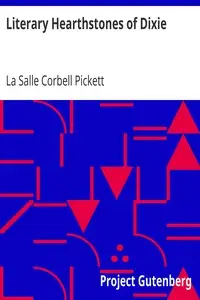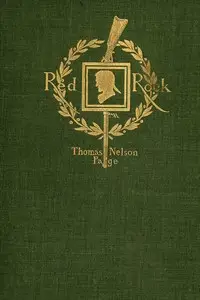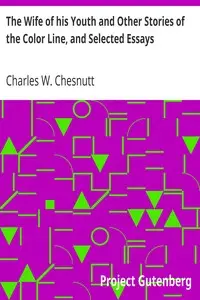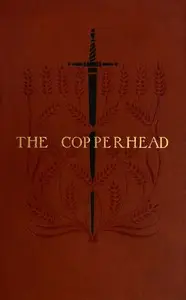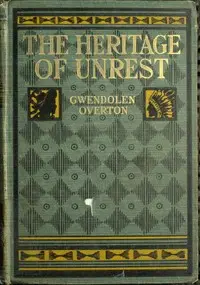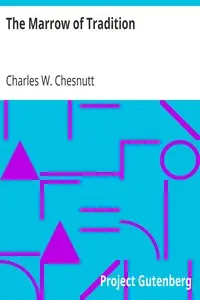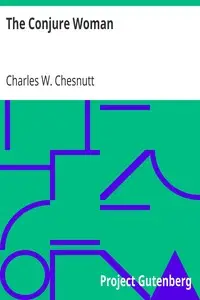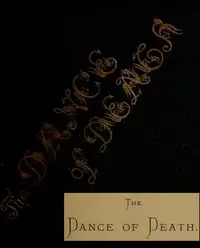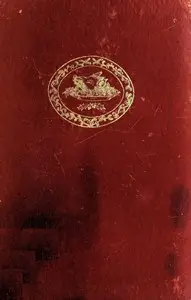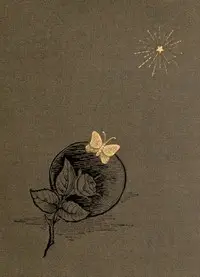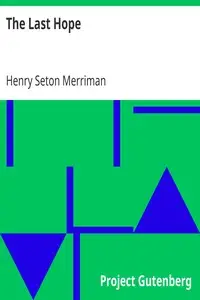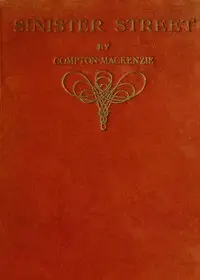"The Marrow of Tradition" by Charles W. Chesnutt is a story that takes place in the South after the Civil War. It looks at the difficult relationships between white and Black people through the lives of different characters. The story begins with Major Carteret and his wife, Olivia, as they wait for their baby to be born, and Olivia worries about her health. Mammy Jane, an old nurse, shows how the Black and white families are connected, even with a history of unfair treatment. The book shows not just the personal struggles of characters but also the bigger problems of racial tension in their town, Wellington, exploring ideas about where people come from, who they are, and how the past affects a divided country.

The Marrow of Tradition
By Charles W. (Charles Waddell) Chesnutt
In a racially divided Southern town after the Civil War, the birth of a child stirs up hidden tensions and reveals the intertwined fates of families divided by history.
Summary
About the AuthorCharles Waddell Chesnutt was an American author, essayist, political activist, and lawyer, best known for his novels and short stories exploring complex issues of racial and social identity in the post-Civil War South. Two of his books were adapted as silent films in 1926 and 1927 by the African-American director and producer Oscar Micheaux. Following the Civil Rights Movement during the 20th century, interest in the works of Chesnutt was revived. Several of his books were published in new editions, and he received formal recognition. A commemorative stamp was printed in 2008.
Charles Waddell Chesnutt was an American author, essayist, political activist, and lawyer, best known for his novels and short stories exploring complex issues of racial and social identity in the post-Civil War South. Two of his books were adapted as silent films in 1926 and 1927 by the African-American director and producer Oscar Micheaux. Following the Civil Rights Movement during the 20th century, interest in the works of Chesnutt was revived. Several of his books were published in new editions, and he received formal recognition. A commemorative stamp was printed in 2008.

